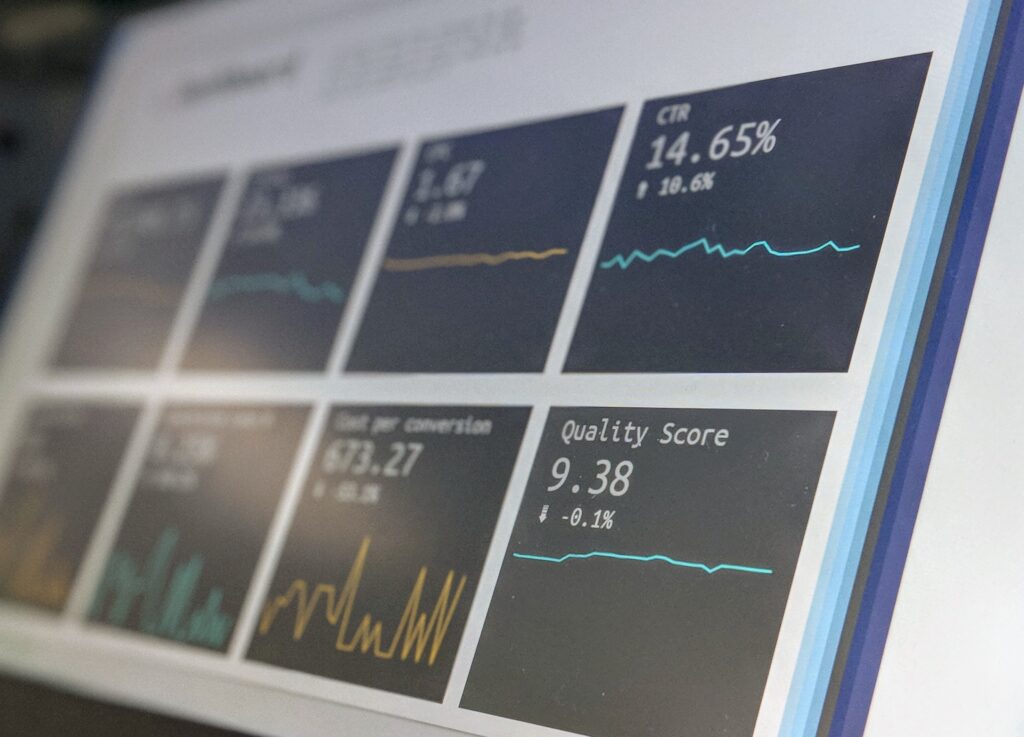Data engineering is a rapidly growing field of technology and one of the most important components of modern enterprises. If you aren’t using your data to get ahead, you’ll likely fall behind. Data engineering enables organizations to process and analyze large datasets in order to gain valuable insights and make informed decisions. As the demand for data engineering solutions continues to increase, it’s important for companies to understand the basics of Spark and Airflow and how they can leverage them to improve their data platforms.
Spark and Airflow Basics
Spark and Airflow are two of the most popular data engineering technologies currently available. They both provide powerful tools for processing and managing large datasets, but they have different strengths and weaknesses. Spark is an open-source distributed computing framework that is designed to process and analyze large datasets quickly and efficiently. Airflow is an open-source workflow management system that allows users to define, execute, and monitor complex workflows.
Spark is often used for analyzing large datasets in real-time, such as streaming data from sensors or other sources. It can also be used for machine learning applications, as well as for ETL (extract, transform, and load) operations. Spark is highly scalable and can be used on a single node or across multiple nodes. In addition, Spark supports a wide range of programming languages, including Java, Python, Scala, and R.
Airflow, on the other hand, is used for managing complex workflows. It provides a powerful platform for defining, executing, and monitoring workflows. Airflow also supports scheduling and alerting, which makes it useful for automating processes. Additionally, Airflow supports a wide range of programming languages, including Python, Java, and SQL.
Spark and Airflow Benefits
The benefits of using Spark and Airflow for data engineering are numerous. For example, they both provide powerful tools for processing and managing large datasets. They also support a wide range of programming languages, making them versatile and easy to use. Additionally, Spark and Airflow are both highly scalable, allowing companies to process and analyze larger datasets with ease. Finally, they both support scheduling and alerting, making them useful for automating processes.
Spark and Airflow at Anant
At Anant, we understand the importance of data engineering and the power of Spark and Airflow. We specialize in helping our clients modernize and maintain their data platforms by leveraging the best bleeding-edge technology. Our team of experienced engineers is dedicated to helping our clients succeed with the best technology and empowering them and their teams. Spark and Airflow are two components of our Data Lifecylce Manangement toolkit, which we use to empower clients and deliver data platform solutions fast!
If you’re looking for an experienced partner to help you modernize and maintain your data platform, contact Anant today. We’ll work with you to develop a comprehensive data engineering strategy that meets your specific needs and helps you get the most out of Spark and Airflow. With our help, you can take your data platform to the next level and ensure that you’re always up-to-date with the latest technology.
Photo by Jakub Skafiriak on Unsplash




